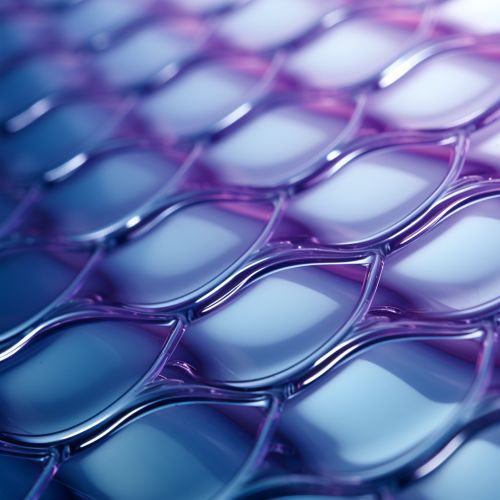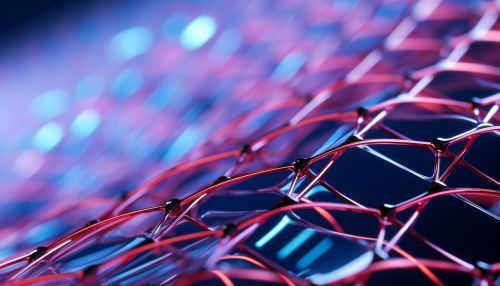Ion Exchange Membrane
Introduction
An ion exchange membrane is a type of membrane that transports certain charged particles (ions) from one solution to another, while blocking other ions. This selective ion transport is based on the electric charge, size, and shape of the ions. Ion exchange membranes are widely used in various industrial, scientific, and medical applications, such as electrodialysis, fuel cells, and water purification.
Structure and Composition
Ion exchange membranes are typically composed of a polymer matrix that contains fixed charged groups. The type of fixed charged group determines the type of ions that the membrane will transport. There are two main types of ion exchange membranes: cation exchange membranes, which transport positively charged ions (cations), and anion exchange membranes, which transport negatively charged ions (anions).


Cation Exchange Membranes
Cation exchange membranes contain negatively charged groups, such as sulfonic acid groups (-SO3H), which attract and transport cations from one side of the membrane to the other. These membranes are often used in applications such as electrodialysis for salt removal from water, or in fuel cells to transport protons (H+ ions) from the anode to the cathode.
Anion Exchange Membranes
Anion exchange membranes, on the other hand, contain positively charged groups, such as quaternary ammonium groups (-N+(R)3), which attract and transport anions. These membranes are used in applications such as alkaline fuel cells, where they transport hydroxide ions (OH- ions) from the cathode to the anode.
Properties
The performance of an ion exchange membrane is determined by several key properties, including its ion exchange capacity, selectivity, mechanical strength, chemical stability, and electrical resistance.
Ion Exchange Capacity
The ion exchange capacity (IEC) of a membrane is a measure of the number of fixed charged groups per unit volume or per unit weight of the membrane. The IEC determines the maximum number of ions that the membrane can transport, and thus affects the membrane's transport capacity and electrical resistance.
Selectivity
The selectivity of an ion exchange membrane refers to its ability to preferentially transport certain ions over others. This is determined by the size, shape, and charge of the ions, as well as the size and shape of the channels in the membrane through which the ions move.
Mechanical Strength
The mechanical strength of an ion exchange membrane is important for its durability and longevity in practical applications. Membranes must be able to withstand the pressures and stresses encountered in their operating environments without breaking or deforming.
Chemical Stability
The chemical stability of an ion exchange membrane refers to its resistance to degradation by chemicals, heat, and radiation. This is important for applications in harsh environments, such as industrial processes or fuel cells.
Electrical Resistance
The electrical resistance of an ion exchange membrane is a measure of how much it resists the flow of electric current. Lower resistance means higher efficiency in applications such as electrodialysis or fuel cells.
Applications
Ion exchange membranes have a wide range of applications in various fields, including water treatment, energy production, and scientific research.
Water Treatment
In water treatment, ion exchange membranes are used in processes such as electrodialysis and reverse osmosis to remove salts and other impurities from water. This is important for producing clean drinking water, as well as for industrial processes that require pure water.
Energy Production
In energy production, ion exchange membranes are used in fuel cells to transport ions from one electrode to the other, thereby generating an electric current. They are also used in batteries and supercapacitors for energy storage.
Scientific Research
In scientific research, ion exchange membranes are used in a variety of experiments and studies, such as investigating ion transport mechanisms, developing new materials, and studying biological systems.
